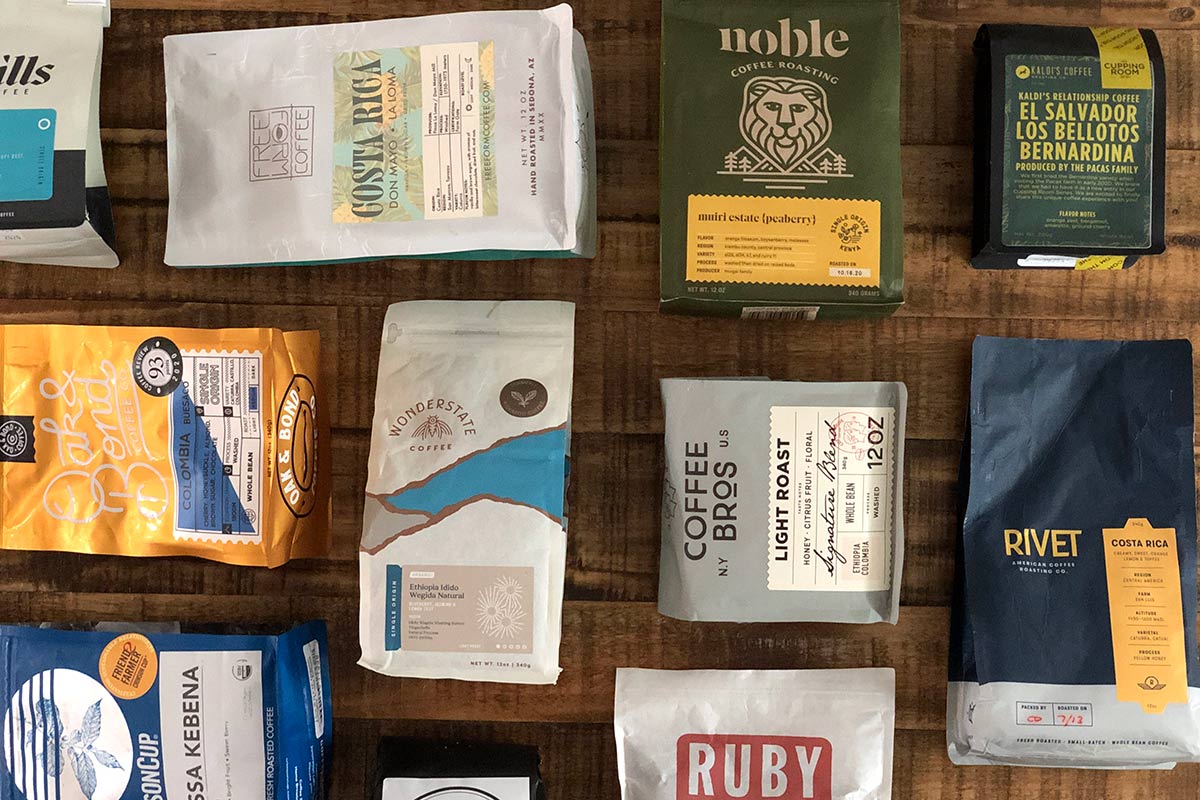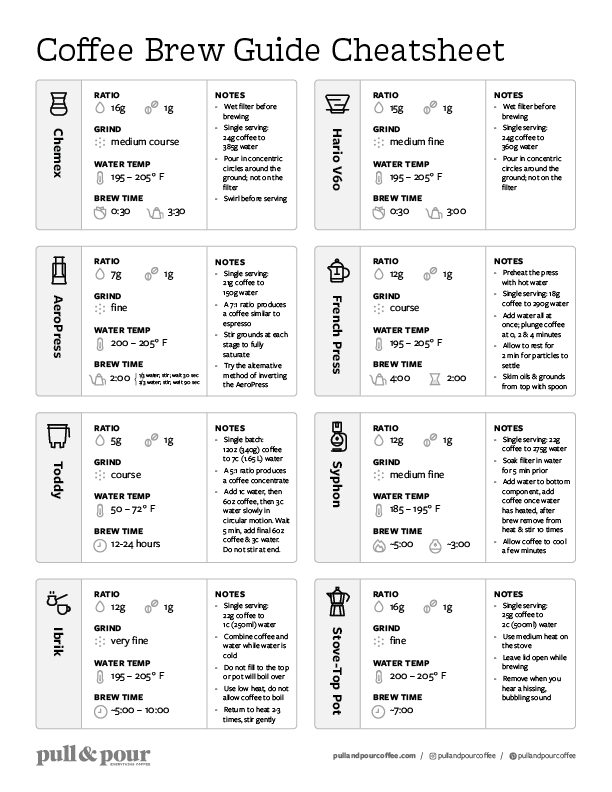Almost every specialty coffee bag includes an area for flavor notes. From “chocolate, almond and brown sugar” to “tropical fruit, blueberry, orange wine,” the various notes that define a coffee’s flavor profile have become commonplace for specialty coffee—and rightly so in many ways. Flavor notes are a great way to quickly explain to a user what to expect in a coffee. They have their limitations (taste is so dependent on memory that it is very subjective and unique to a user) and they can be misused by marketing departments (we’ve all seen those wild flavor notes like cotton candy and fruit roll-ups that are clearly just on the bag to drive a sale). Those limitations are not what I hope to focus on in this article though. Instead, I want to spend a little time explaining how you can learn to decode flavor notes on a bag to better understand what to expect in a coffee.
In the past, there have been many times I have tried a coffee and it didn’t align with what I expected based on the flavor notes on the bag. While some of this comes down to the subjective nature of tasting coffee and the unique flavor dialect we all have, I think many times my unmet expectations came down to misunderstanding the flavor notes on the bag (and sometimes the roaster’s failure to properly explain them). Let me explain.
When a roaster lists a few flavor notes on a bag of coffee, they don’t always all have to do with the flavor. Some may relate to the fragrance/aroma, others to the style of sweetness, others to the body or mouthfeel and others to the aftertaste/finish. There have been a few I’ve seen times I’ve seen coffee bags actually break down their listed notes into the different areas or use some disclaimer like “strawberry sweetness” or “chocolate finish” to give some context. Many times though the space on the bag simply doesn’t allow for the more verbose explanations (especially when they list origin, elevation, process, region, producer, etc. as they should).
Tips on Tasting More Flavor Notes in Your Coffee
Below I’ll share some specific tips on how to decode the flavor notes on your coffee bag. Before I share those tips though, I wanted to provide some general notes about how to expand your coffee flavor vocabulary.
- Expand your flavor awareness. The more foods and flavors you are familiar with, the larger your “flavor vocabulary” will become and the better you will be able to identify notes in the coffee. A coffee can’t taste like or remind you of something if you’ve never had it before and don’t have that memory and knowledge to pull from.
- Drink a wide variety of coffees—and a lot of it. The more coffee you drink and the broader the variance in the coffees you try, the more comfortable you will become with identifying different flavors in your coffee.
How to Decode Flavor Notes on a Coffee Bag
Regardless of your comfort level with tasting coffee, there are a few things you can do to better understand what is meant by the flavor notes on a bag of specialty coffee:
- Pay attention to the order of the flavor notes. Flavor notes tend to go in the order of the coffee drinking experience. This means the first flavor note likely references fragrance/aroma, the middle notes reference the actual flavor, body, acidity and/or sweetness, and the last notes reference the aftertaste/finish. This isn’t always the case, but is a good frame of reference.
- Reference the roaster’s website. This isn’t always possible, but when you can view the coffee on the roaster’s website, there can be additional details or breakdown of the flavor notes that space on the bag simply doesn’t allow for.
- Notice descriptor words. Many times a roaster will include a descriptor with the flavor profile adjective. For example, silky body or berry sweetness. These extra descriptors help you identify where that flavor attribute should be expected in the coffee.
An Example: Noble Coffee Roasting
Noble Coffee out of Ashland, Oregon is one of my favorite roasters (see some of my previous reviews of their coffee). The coffee they roast is some of the best in the world, but they also are a perfect example of some of the decoding principles I explain above.
Take their Kenyan ‘Muiri Estate’ (Peaberry) as an example. On the bag the flavor notes listed are: orange blossom, boysenberry & molasses. If you go to their website though, they expand on these flavor notes quite a bit and break them down into aroma, flavor, body and finish. For example, for the Muiri Estate coffee, their website lists:
- AROMA: orange blossom, clove
- FLAVOR: boysenberry, grapefruit
- BODY: silky, juicy
- FINISH: molasses, rosemary
You can see the notes from the bag are listed in this more expanded list, but not all of them apply to the flavor. On their site, they list the notes chronologically in terms of the experience. First, they list the aroma, which you experience first when you bring the cup to your face. Second, they list the flavor, which you experience on the front and sides of our tongues once you sip. Third, they list the body or mouthfeel, which you perceive on the middle of the tongue. Finally, they list the finish, which is the residual aftertaste you experience once you swallow what you sipped. The first note (orange blossom) applies to the aroma, the second (boysenberry) applies to the flavor and the last (molasses) applies to the finish. They also provide additional notes that really help fill in the profile for the coffee, so the consumer has a very good idea of what to expect in the coffee.
Conclusion
Hopefully the tips above help you become more comfortable tasting coffee and understanding the flavor notes when you get started with your next bag. At the end of the day, the most important thing is that drinking your coffee is enjoyable. I hope this article helps you enjoy your cup of coffee a bit more as you better understand what to expect as you tear open your next bag of beans.

